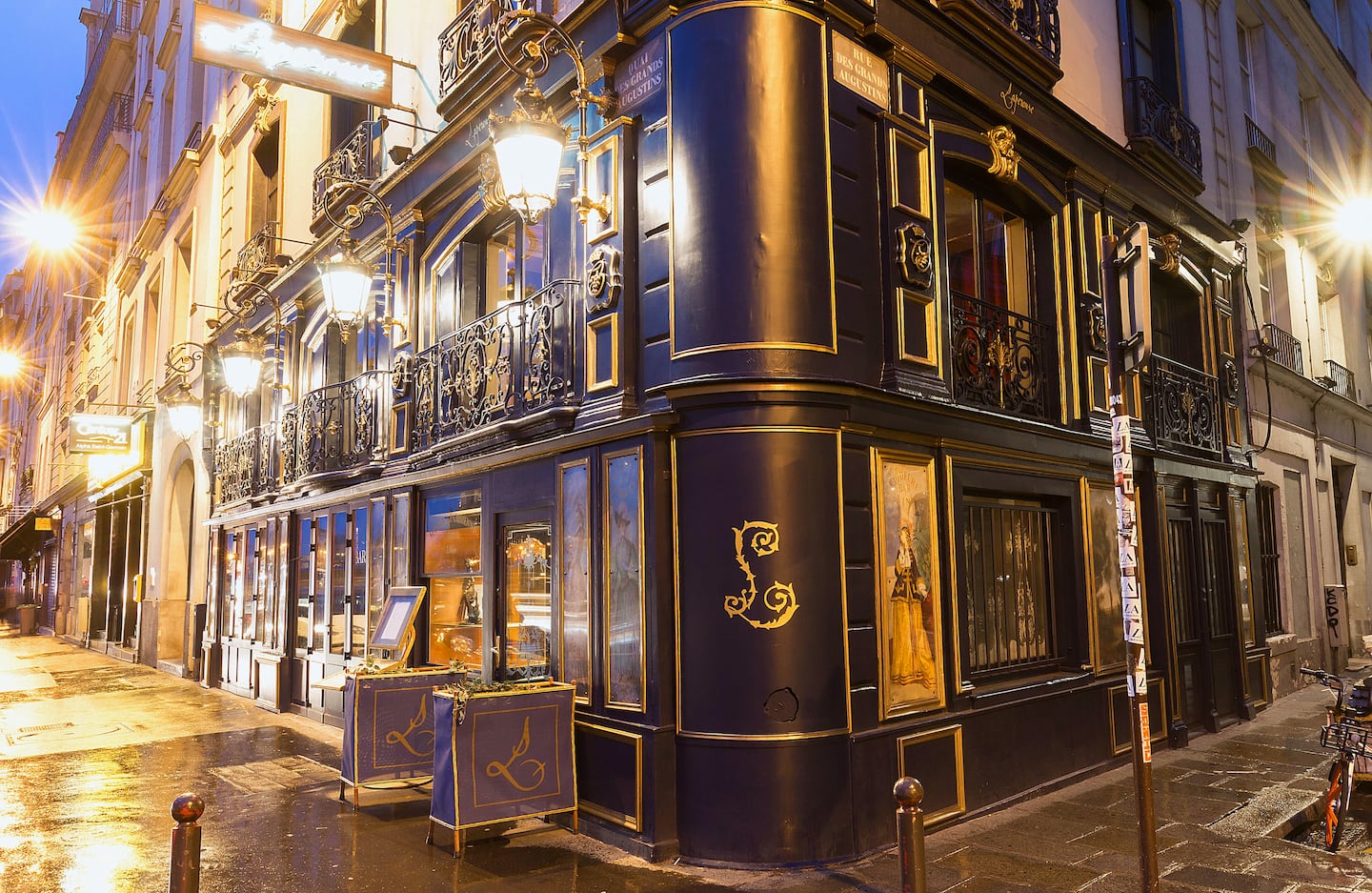
The Business of Fashion
Agenda-setting intelligence, analysis and advice for the global fashion community.

Agenda-setting intelligence, analysis and advice for the global fashion community.

PARIS, France — Art-stuffed 18th-century restaurant Lapérouse, with its narrow staircase and myriad of small salons made for clandestine encounters, has played host to a number of fashion events over the years. Thanks to its new minority stakeholder, the restaurant's ties to the fashion industry are about to become even stronger.
Antoine Arnault — Berluti chief executive and son to LVMH head Bernard Arnault — has, in a private capacity, offered a helping hand to Lapérouse's new owner Benjamin Patou, a descendant of Jean Patou whose Moma Group already owns famed Paris hotspots L'Arc, Froufrou, Manko, Noto and Ran.
The new owners have ambitions to create a coffee shop and restaurant concept called Café Lapérouse. The first location is due to open next year at the Hôtel de la Marine on Place de la Concorde before international rollout. Such a strategic trajectory is reminiscent of macaron maker Ladurée, which expanded the business from its original base in Paris' Rue Royale to a chain of tea salons operating in five continents.
"We are going to revive this sleeping beauty and share with the world a little piece of this iconic place with a fascinating history," Patou says. Arnault declined to comment.
ADVERTISEMENT
The landmark restaurant, which in its heyday had three Michelin stars, is slated to reopen in June after a four-month renovation. Jean-Pierre Vigato, who won two Michelin stars at Apicius, has been tapped to run the kitchen and famous pastry chef Christophe Michalak to create desserts. The latter will also conceive the menu of Café Lapérouse. Meanwhile Cordélia de Castellane, creative director of Baby Dior and Dior Maison, will act as artistic director of both Lapérouse and Café Lapérouse.
Disclosure: LVMH is part of a group of investors who, together, hold a minority interest in The Business of Fashion. All investors have signed shareholders’ documentation guaranteeing BoF’s complete editorial independence.
The fashion giant has been working with advisers to study possibilities for the Marc Jacobs brand after being approached by suitors.
A runway show at corporate headquarters underscored how the brand’s nearly decade-long quest to elevate its image — and prices — is finally paying off.
Mining company Anglo American is considering offloading its storied diamond unit. It won’t be an easy sell.
The deal is expected to help tip the company into profit for the first time and has got some speculating whether Beckham may one day eclipse her husband in money-making potential.